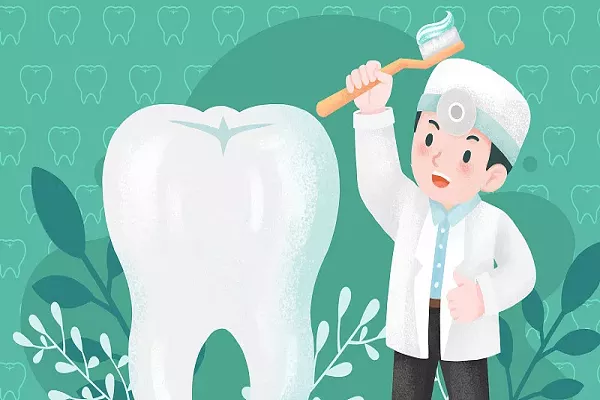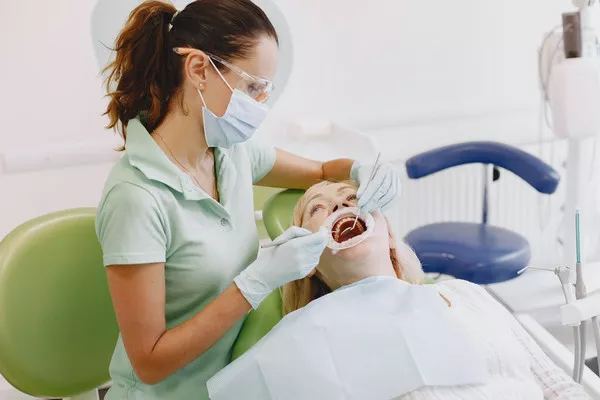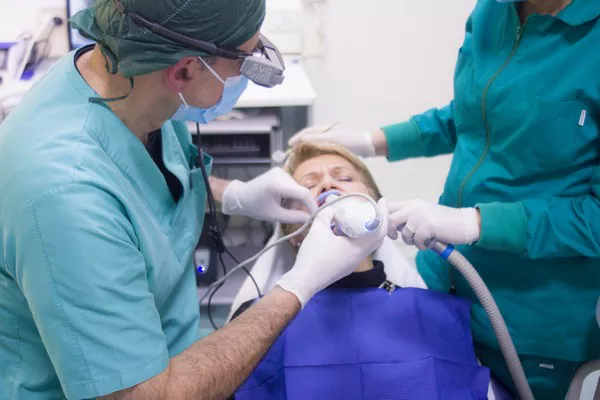Orthodontist
An orthodontist is a dental specialist focused on diagnosing, preventing, and treating dental and facial irregularities. They are experts in aligning teeth, improving bite function, and ensuring proper jaw alignment. Their work primarily involves correcting malocclusion (improper bite) and ensuring teeth are positioned correctly within the jaws.
Periodontist
A periodontist is a dental specialist who focuses on preventing, diagnosing, and treating periodontal (gum) disease. They also specialize in the placement and maintenance of dental implants. Periodontists are experts in managing conditions affecting the gums and supporting structures of the teeth, ensuring the health and functionality of these tissues.
see also:Tan Orthodontics Continues Annual Tradition with Yolo County CASA Giving Tree
Educational and Training Requirements
Orthodontist
Undergraduate Degree: Typically 4 years, often with a focus on pre-dental or science-related courses.
Dental School: 4 years to obtain a Doctor of Dental Surgery (DDS) or Doctor of Dental Medicine (DMD) degree.
Orthodontic Residency: 2-3 years of specialized training in orthodontics, including hands-on practice and advanced coursework in orthodontic theory and treatment.
Periodontist
Undergraduate Degree: Typically 4 years, similar to pre-dental or science-related courses.
Dental School: 4 years to earn a DDS or DMD degree.
Periodontics Residency: 3 years of specialized training focused on the diagnosis and treatment of periodontal disease, surgical procedures, and the placement of dental implants.
Treatments Offered
Orthodontists
- Braces: Traditional metal or ceramic braces to straighten teeth.
- Clear Aligners: Custom-made clear plastic aligners, such as Invisalign, to correct tooth alignment.
- Retainers: Devices to maintain teeth alignment post-braces.
- Palatal Expanders: Devices to widen the upper jaw.
- Headgear: External device used to correct severe bite issues and guide jaw growth.
- Space Maintainers: Appliances used to hold space for incoming permanent teeth.
Periodontists
- Scaling and Root Planing (Deep Cleaning): Non-surgical procedure to remove plaque and tartar from below the gumline.
- Gum Grafts: Surgical procedure to cover exposed roots or augment gum tissue.
- Periodontal Surgery: Various surgical interventions to treat advanced gum disease.
- Dental Implants: Placement of artificial tooth roots to support replacement teeth.
- Bone Grafting: Procedure to augment bone mass for implant placement or other treatments.
- Laser Treatments: Using laser technology to treat gum disease.
Conditions Treated
Orthodontists
- Crooked Teeth: Misaligned or rotated teeth.
- Overbites: Upper teeth protrude significantly over the lower teeth.
- Underbites: Lower teeth extend forward beyond the upper teeth.
- Crossbites: Upper and lower teeth do not align properly when the mouth is closed.
- Crowded Teeth: Lack of space for all teeth to fit normally within the jaws.
- Gaps Between Teeth: Spaces or gaps between teeth.
Periodontists
- Gingivitis: Early stage of gum disease causing inflammation and bleeding gums.
- Periodontitis: Advanced gum disease leading to damage of soft tissue and bone supporting the teeth.
- Gum Recession: Gums pull back from the tooth surface, exposing roots.
- Bone Loss: Deterioration of jawbone due to periodontal disease.
- Loose Teeth: Teeth become mobile due to bone and gum tissue loss.
see also: What Is The Best Home Remedy For Gum Disease
When to Consult Each Specialist
Orthodontist
- Teeth straightening needs.
- Jaw alignment issues.
- Bite problems such as overbite, underbite, or crossbite.
- Crowded or widely spaced teeth.
- Persistent discomfort or difficulty in chewing due to misaligned teeth.
Periodontist
- Signs of advanced gum disease (e.g., persistent bad breath, loose teeth, receding gums).
- Non-responsive gingivitis after regular dental care.
- Need for dental implants or management of existing implants.
- Significant gum recession.
- Bone grafting or other surgical periodontal treatments.
Collaborative Care
Collaborative care between orthodontists and periodontists is essential for optimal oral health outcomes, especially in complex cases where both teeth alignment and gum health are compromised. For instance:
Orthodontists may need the support of periodontists to ensure gums are healthy before placing braces.
Periodontists might work with orthodontists to plan implant placement, ensuring that tooth alignment will be favorable for future dental implants.
Together, they can provide comprehensive treatment plans that address both functional and aesthetic concerns, leading to better long-term results for patients.
Conclusion
Orthodontists and periodontists play distinct but complementary roles in dental care. Orthodontists focus on aligning teeth and jaws, while periodontists manage gum health and dental implants. Both require extensive training beyond dental school and offer specialized treatments tailored to their areas of expertise. Understanding when to consult each specialist and fostering collaborative care ensures comprehensive oral health management.
FAQs About Periodontists and Orthodontics
1. Does a periodontist straighten teeth?
No, a periodontist does not straighten teeth. Periodontists specialize in the prevention, diagnosis, and treatment of periodontal (gum) disease, as well as the placement of dental implants and other procedures related to the gums and supporting structures of the teeth. Straightening teeth is the specialty of orthodontists, who focus on correcting misaligned teeth and jaws through braces, aligners, and other orthodontic treatments.
2. Why would a dentist refer you to a periodontist?
A dentist may refer you to a periodontist if you have advanced gum disease (periodontitis) that requires specialized care, or if you need procedures such as gum grafts, bone grafts, or dental implants. Periodontists have additional training in the management of complex gum and bone conditions that support the teeth, making them experts in treating and managing periodontal disease and related issues.
3. Can I see a periodontist for braces?
No, you should see an orthodontist for braces. Orthodontists are the dental specialists who diagnose and treat teeth and jaw misalignment issues using braces, aligners, and other orthodontic appliances. However, periodontists and orthodontists often work together to ensure comprehensive oral health, especially if you have periodontal concerns that need to be addressed before or during orthodontic treatment.
4. What is the relationship between orthodontics and periodontics?
Orthodontics and periodontics are two dental specialties that often collaborate to ensure the best possible outcomes for patients. Orthodontists focus on aligning teeth and jaws, while periodontists concentrate on the health of the gums and supporting bone structures. Properly aligned teeth are easier to clean and maintain, reducing the risk of gum disease. Conversely, healthy gums provide the necessary support for successful orthodontic treatment. In cases where patients have both alignment issues and gum disease, orthodontists and periodontists may work together to develop a comprehensive treatment plan that addresses both concerns simultaneously.
You Might Be Interested In






























